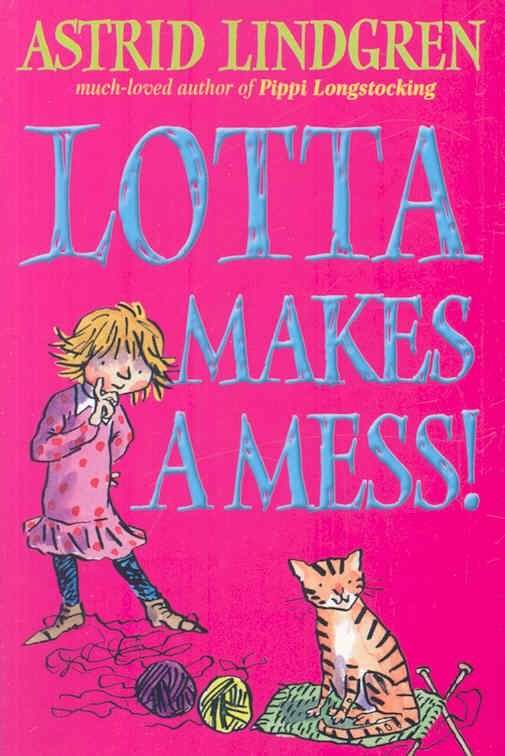

A name such as value tells you nothing about the purpose of the variable and just creates confusion. What does the value represent? It could stand for velocity_mph, c ustomers_served, efficiency or revenue_total. Instead, use names that describe what these variables represent such as house_features and h ouse_prices. If you’ve seen these several hundred times, you know they commonly refer to features and targets in a data science context, but that may not be obvious to other developers reading your code. What does this look like in practice? Let’s go through some improvements to variable names.
#A mess o trouble code#
Prioritize how easy your code is to read over than how quick it is to write.Īdopt standard conventions for naming so you can make one global decision in a codebase instead of multiple local decisions. Your code will be read more times than it is written. A variable name should tell you concisely in words what the variable stands for. The variable name must describe the information represented by the variable. There are three basic ideas to keep in mind when naming variables: More From Will Koerhsen The Poisson Process and Poisson Distribution, Explained Named constants are in ALL_CAPITAL_LETTERS Variable/function names are lower_case and separated_with_underscores Some Python-specific naming rules (see here for more details) include: Note: I’m focusing on Python since it’s by far the most widely used language in industry data science.
#A mess o trouble software#
Fortunately, there are best practices from software engineering we data scientists can adopt, including the ones we’ll cover in this article. Yes, you can get away with them in a Jupyter Notebook that runs once, but when you have mission-critical machine learning pipelines running hundreds of times per day with no errors, you have to write readable and understandable code. Unhelpful, confusing or vague variable namesīoth these problems contribute to the disconnect between data science research (or Kaggle projects) and production machine learning systems. There are significant differences between deployable machine learning code and how data scientists learn to program, but we’ll start here by focusing on two common and easily fixable problems:
#A mess o trouble mac#
Make sure to check out the original and restored games here, and if you’re into classic Macintosh gaming grab A Mess O’ Trouble from the Mac App Store at $4.99. Over at US Gamer, Richard Moss tells the story of Ray Dunakin’s games, icons of Macintosh gaming in the early ’90s recently re-released with OS X compatibility on the Mac App Store. And he’s spent the past decade, on and off, rewriting the World Builder engine for OS X. He’s been the proprietor of the Ray’s Maze Page since he created it in 1996. But fate conspired to force the games into oblivion as Apple moved the Mac into OS X and then over to Intel processors. His 1990 world-hopping adventure title Ray’s Maze puzzled and delighted Mac gamers the world over, despite it having been made with an early black-and-white Mac program called World Builder, and his later games Another Fine Mess, A Mess O’ Trouble, and Twisted! only added to his reputation. In the heady days of Macintosh shareware gaming, Ray Dunakin was a star.


 0 kommentar(er)
0 kommentar(er)
